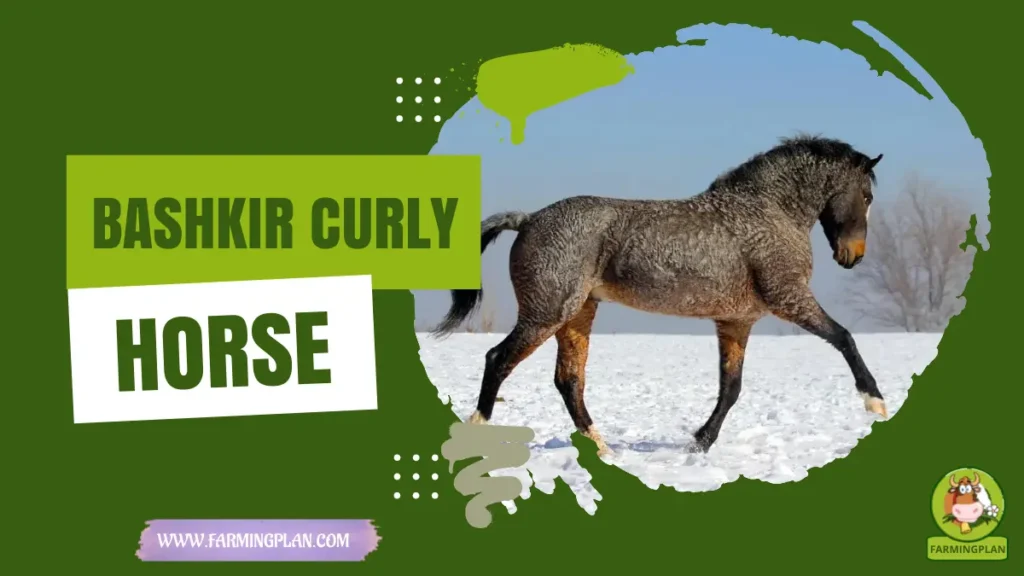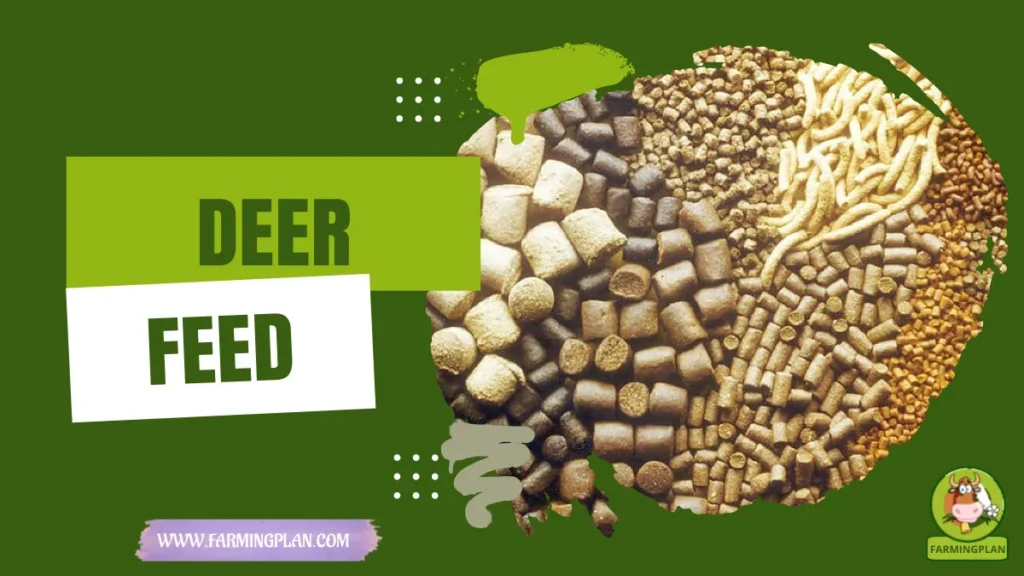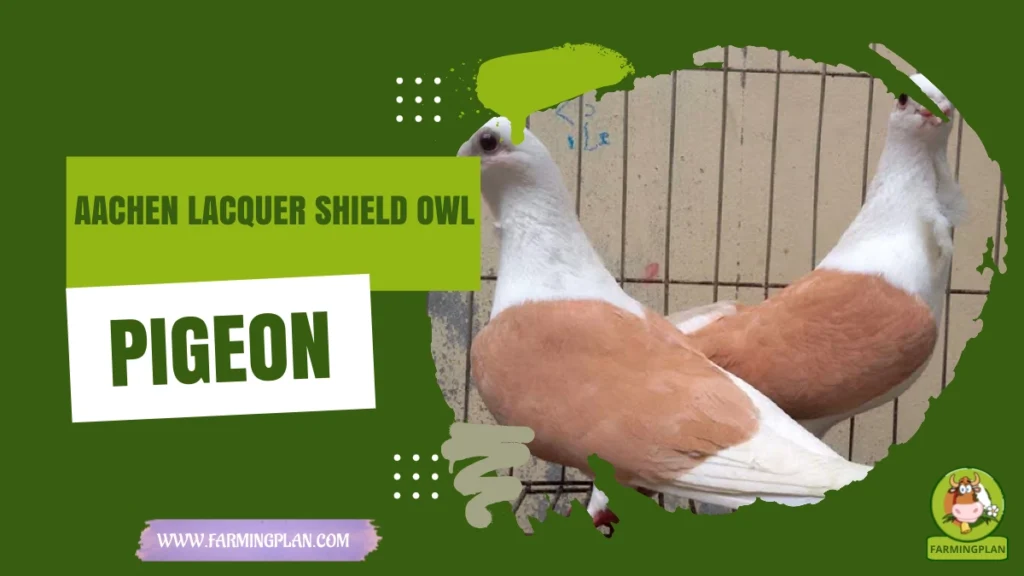When I first came across a Bashkir Curly Horse, I was instantly hooked—not just by their unusual, bouncy curls, but by how sweet and calm they were. These horses have something magical about them. Whether you’re a horse lover, a breeder, or someone with horse allergies (yep, they’re hypoallergenic!), this breed offers something special. Over the years, I’ve worked with many horse breeds, but Bashkir Curlies always stand out in the barn—and not just for their looks. They’ve got an incredible history, a unique coat, and personalities you can’t help but fall for. So, if you’re curious about this rare breed, saddle up—we’re going curly!

History & Origin Of The Bashkir Curly Horse
Now, let’s delve into the captivating history of the Bashkir Curly Horse. It’s a tale that’s part science, part mystery. Some believe these horses can be traced back to the Russian Bashkir horses, renowned for their ability to survive harsh Siberian winters with their dense coats. Others credit Peter Damele, a Nevada rancher who, in the 1890s, stumbled upon a herd of curly-coated horses near his ranch. These horses, now known as the Damele line, are said to be the ancestors of today’s American Bashkir Curlies.
Over time, the breed gained attention for its unique look and hypoallergenic traits. Organizations like the American Bashkir Curly Horse Registry and the International Curly Horse Organization stepped in to preserve and promote them. Whether their roots are Russian, American, or a mix of both, one thing’s clear—these horses are survivors, and they’re here to stay.
American Bashkir Curly Horse Characteristics & Physical Features
You can spot a Bashkir Curly Horse from a mile away, especially in winter. That coat? It’s tight, curly, and sometimes even ringlet-style—like a horse-sized poodle, but way cooler. Their mane and tail are curly too, and some have curly eyelashes. Yeah, it’s that adorable. But what’s even more fascinating is that these curls are not just for show. They also serve a practical purpose. The unique coat of the Bashkir Curly is hypoallergenic, making them a great choice for individuals with horse allergies. Their coats come in all horse colors—dun, chestnut, bay, black, you name it.
Some have looser curls, while others shed their curls entirely in the summer. They typically stand between 14 to 16 hands tall, sturdy but not bulky. One fun fact? Not every Curly is born curly—some are “smooth coat” Curlies and still carry the gene. They’re strong, compact, and hardy, with excellent bone structure. What I love most is that their look tells you right away—you’re dealing with something special.
Understanding Bashkir Curly Horse Temperament
Now, let’s talk personality. These horses are gentle, smart, and eager to please. They’re like the golden retrievers of the horse world. Whether I’m training a colt or riding an older mare, Curlies tend to be super cooperative and responsive. They don’t spook easily and seem to enjoy connecting with their humans. That calm demeanor makes them perfect for kids, first-time horse owners, or anyone wanting a drama-free ride. They’re social too. Curlies often bond with other horses and their caretakers, making barn life more peaceful. In my experience, they love learning tricks, trail riding, and even participating in therapy programs.
Read More: Mangalarga Marchador Horse: The Magnificent Smooth-Gaited Companion
Feeding Your Curly: Food & Diet Tips
Feeding a Bashkir Curly Horse isn’t rocket science, but you do want to keep their nutrition balanced. I stick to high-quality grass hay or pasture grazing, with grain or pelleted feed only when they need a calorie boost—like in winter or during training seasons. Avoid overfeeding rich grains or alfalfa. These horses are easy keepers and can gain weight quickly. I always keep fresh water, a mineral salt block, and occasional treats like carrots or apples on hand. One thing to note—if your Curly has a super thick winter coat, make sure to check that sweat and heat don’t cause any skin issues. Diet plays a role in skin and coat health too.
What Can Bashkir Curlies Do? Usage & Purpose
If you think these horses are just about the curls, think again. They’re surprisingly versatile. I’ve used them for trail rides, light farm work, and even show jumping. Some are even gaited, which makes for a smoother ride. They’re also becoming popular in equine therapy settings because of their gentle nature. I’ve seen Curlies shine in 4-H programs and family farms alike. They can pull small carts, go on long rides, and turn heads in the show ring. If you’re into breeding, they’re a great choice for expanding the genetic pool while keeping things calm and manageable.
A Well-Brushed Curly Is A Happy Curly—Grooming Is Love In Action.
Rare Features That Set The Curly Horse Apart
Alright, here’s the curly magic. The most unique thing? They’re hypoallergenic—not 100%, but many allergy-sensitive riders report no reactions. That’s game-changing if you’ve ever loved horses from afar because of sneezing fits. Their coat is also water-resistant and incredibly insulating, so they handle cold climates like champs. And remember—these curls aren’t just for show. Some scientists believe the curly gene could be linked to stronger immune systems and disease resistance. The Canadian Curly Horse Association and American Bashkir Curly Horse Registry have both worked hard to preserve these traits while diversifying the breed responsibly.
Common Health Issues & How To Prevent Them
Overall, Bashkir Curly Horses are hardy, but there are a few things to watch for. Their thick coat can trap moisture, so always groom regularly to avoid skin issues or fungal infections. Also, they’re prone to the usual horse concerns—colic, hoof abscesses, parasites—nothing out of the ordinary. I’ve found that regular vet visits, clean bedding, and a solid deworming plan go a long way. Pay extra attention during shedding season. Loose curls can mat if left unchecked, especially around the legs and under the mane.
Read More: Przewalski’s Horse From Endangered To Unstoppable
Step-by-Step Bashkir Curly Horse Owner Care Guide
Looking to raise a healthy, happy Bashkir Curly Horse? This step-by-step owner care guide covers everything you need—from safe housing and balanced feeding to grooming, exercise, and vet care. Learn what makes this curly-coated breed thrive with expert tips and personal insights. Ideal for beginners, breeders, and equine lovers. Keep your Curly content, comfortable, and in peak condition year-round!
Step 1: Prepare A Safe And Spacious Home
The first thing your Bashkir Curly Horse will need is space—and lots of it. These horses are naturally active and social, so I always recommend a minimum of two acres per horse. The pasture should be grassy and free of harmful plants like ragwort or wild cherry. Good fencing is a must—use wooden boards, vinyl rail, or woven wire fencing. Absolutely skip the barbed wire; their curly coats can easily snag and cause injuries. You’ll also need to provide shelter. Even though Curlies are famously cold-hardy thanks to their thick coats, they still need a dry, draft-free area to rest and escape wind or heavy rain.
A three-sided run-in shed works great for pasture-kept horses. If you use a barn, make sure it’s well-ventilated but not breezy. Bedding matters, too. Avoid anything that sticks in their curls—straw and dust-free wood shavings are the safest choices. I clean stalls daily and rotate pasture areas weekly to avoid overgrazing and mud buildup. Add gates wide enough for equipment access and include a safe, dry zone for feeding and watering. Trust me, getting the home setup right makes every part of horse ownership easier—and your Curly will thank you with those gentle, soulful eyes.
Step 2: Feed Right, Feed Regularly
Feeding a Bashkir Curly Horse isn’t just about filling a bucket—it’s about understanding their metabolism, activity level, and the season. I feed mine high-quality grass hay twice daily, about 1.5–2% of their body weight. That means a 1,000-pound horse eats 15–20 pounds of hay a day. During winter or if they’re in moderate work, I’ll supplement with a scoop of grain, senior feed, or beet pulp to help maintain weight and energy. Water is vital. Always provide fresh, clean water—I scrub troughs every few days, especially in summer when algae builds up fast. In winter, I use heated buckets or tank heaters so the water doesn’t freeze.
I also include a loose mineral supplement or salt block in their shelter or feeding area to make sure they’re getting essential trace minerals. Electrolytes might be needed during hot months or if your Curly is working hard. Treats? I give small amounts of sliced apples or carrots—but not every day. Overfeeding sugary treats or grain can lead to colic or laminitis, especially since Curlies are known to be “easy keepers.” A steady, seasonal feeding routine will help keep their digestive systems happy—and those glorious curls healthy and shiny.
Step 3: Daily Grooming Essentials
Let’s talk about that iconic curly coat—it’s not just for show. Grooming your Bashkir Curly Horse is essential, especially in shedding seasons. During winter, I groom mine daily, and in warmer months, every 2–3 days works fine unless they’ve rolled in the mud (which they love to do). For the coat, I use a soft rubber curry comb to loosen dirt and lift dead hair without damaging the curls. A stiff-bristle brush follows to flick off dust. Avoid metal shedding blades—they’ll pull and break the curls. Their mane and tail? I gently detangle using my fingers or a wide-tooth comb, starting at the tips and working upward. Never yank—those locks are precious.
Hoof care is a daily must. I pick out hooves every morning and again after riding. Look for stones, cracks, or thrush, especially in damp weather. I use hoof conditioner weekly to keep the walls from drying or chipping. Regular grooming not only keeps them clean—it helps prevent skin conditions like rain rot or fungus, especially where the curls hold moisture. It’s also bonding time. Curlies are affectionate, and they enjoy the attention. Mine often falls asleep while I brush her neck!
Step 4: Regular Exercise & Enrichment
These curly-coated charmers may look cuddly, but they’ve got energy to spare. To keep my Bashkir Curly Horse physically and mentally sharp, I make sure they get consistent, structured exercise. I ride or lunge mine about 4 to 5 times per week, mixing it up with trail rides, arena work, and groundwork sessions. They love variety and get bored with the same routine. Curlies are naturally curious and quick learners, so I’ll often set up small obstacle courses, cones, or ground poles to challenge their minds. Teaching them simple tricks like backing up, bowing, or following verbal cues keeps them engaged and builds trust.
If riding isn’t on the schedule, turnout time is crucial. I give mine at least 6 hours a day of free pasture access to graze, stretch, roll, and just be a horse. Socializing with herd mates is part of their mental well-being, too. And enrichment doesn’t have to be fancy. Hang a toy in the stall, add a hay net puzzle, or just take them for a walk around the property. A bored Curly might chew wood, paw, or get pushy—so keeping them busy helps avoid unwanted habits and keeps their mind as healthy as their body.
Step 5: Vet Checks & Registry Paperwork
Good health starts with routine care. I schedule vet visits twice a year for my Bashkir Curly Horse—spring and fall. These checkups include core vaccinations (tetanus, EEE/WEE, rabies, West Nile), dental floating to keep the teeth aligned, and fecal tests to manage deworming smartly—not just on autopilot. Farrier visits are just as important. I get my Curly’s hooves trimmed every 6–8 weeks, whether shod or barefoot. Proper balance prevents strain, joint issues, and cracking. Also, pay close attention to shedding season. Their thick coats can trap moisture and create skin issues if not monitored. Your vet can recommend a skin-safe antifungal wash if needed.
Paperwork may not be glamorous, but it matters. I keep my horse registered with the American Bashkir Curly Horse Registry. It’s not just a piece of paper—it helps preserve the breed, track genetic lineage, and opens up access to events and responsible breeders. Lastly, join a local club or online group like the Curly Horse Connection. The community is full of tips, breeder info, and even horse-for-sale listings. I’ve made lifelong friends just swapping curly-horse stories online.
Pro Tips From A Curly Horse Specialist
- “Curly coats need love too—never skip winter grooming!”
- Always introduce a new feed slowly to avoid colic
- Clip curly fetlocks in muddy months to prevent skin issues
- Practice desensitization early—Curlies are smart and respond well
- Keep your tack clean and fitted—their coats can cause saddle slips
- Register your horse and track its Damele or Russian lineage
Read More: Essential Camargue Horse Care: Step-by-Step Farming Guide
FAQ
Are Bashkir Curly Horses good for people with allergies?
Yes, many allergic riders report little to no reaction. Always test before committing.
How much does a Bashkir Curly Horse cost?
Prices typically range from $2,500 to $10,000 depending on age, training, and lineage.
Where can I buy a Bashkir Curly Horse?
Look for certified breeders through the American Bashkir Curly Horse Registry or trusted listings online.
Do Bashkir Curlies need special grooming?
Yes! Their curls require gentle brushing and regular checks to avoid matting or buildup.
Are Bashkir Curly Horses rare?
Yes, they’re considered a rare breed with a small but passionate fanbase worldwide.
Conclusion
The Bashkir Curly Horse brings more than just good looks to the stable. It’s a smart, affectionate, and hardworking breed that fits beautifully into family farms, show rings, and quiet trail rides. Whether you’re in it for the curls, the hypoallergenic perks, or the loving personality, you won’t regret adding one to your life. I’ve cared for many horses over the years—but Bashkir Curlies? They’ve got my heart wrapped around each curly strand.


